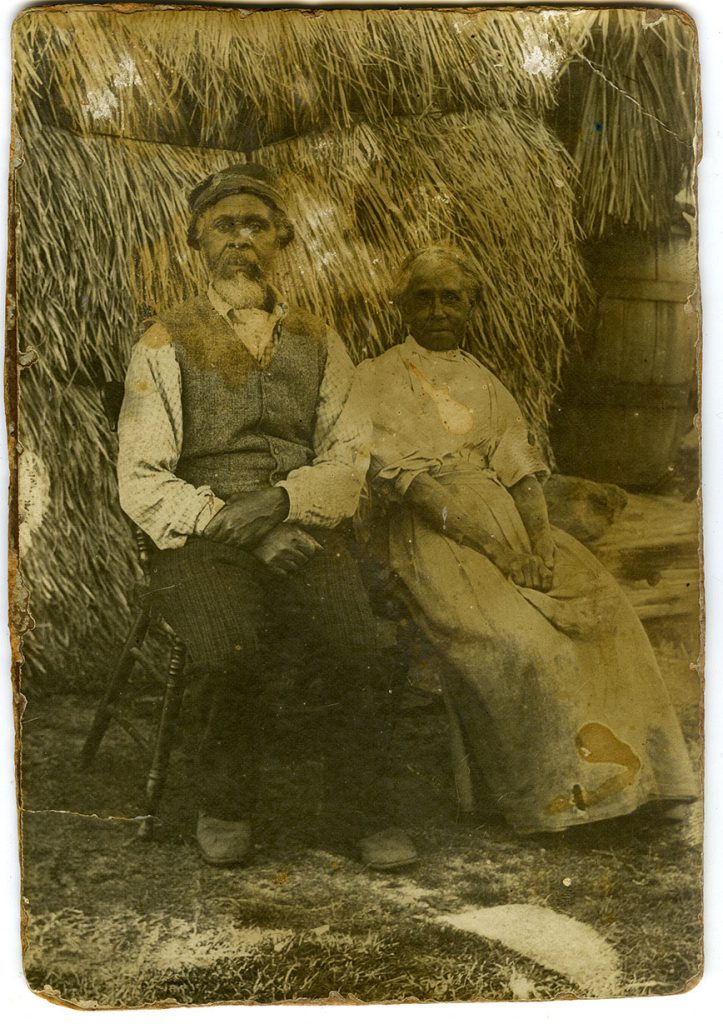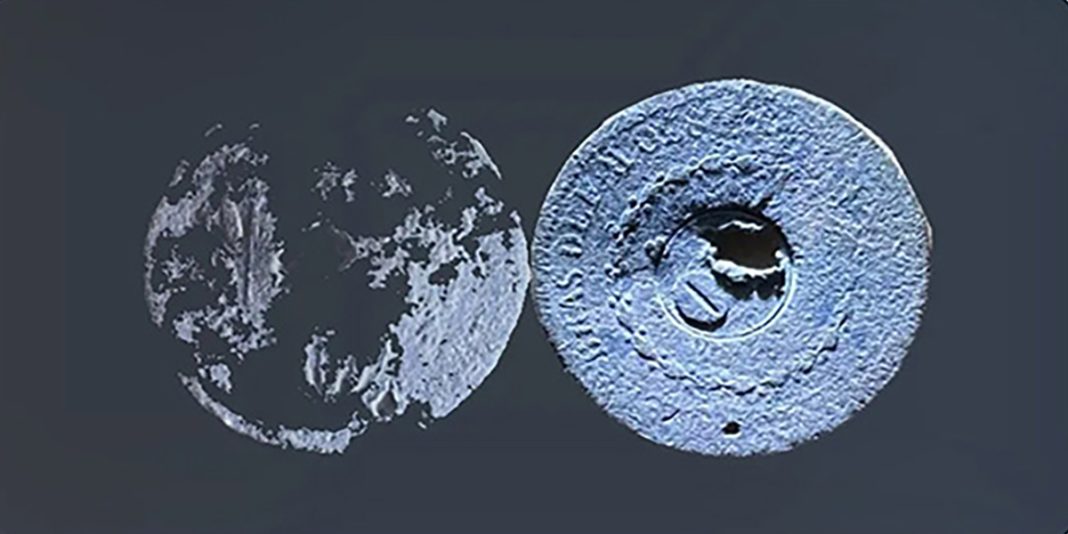Ian Hutton, Curator, LHI Museum, The Lord Howe Island Signal
Some years ago Island resident, Esven Fenton, brought a very worn copper coin to the Museum. Esven had found this on the ground close to the site where Perry and Sarah Johnston had their cottage on the south side of Capella hill. The text on the coin was not very legible. I had made various attempts to have it identified, but without much success until last week when I found online an app called CoinSnap.
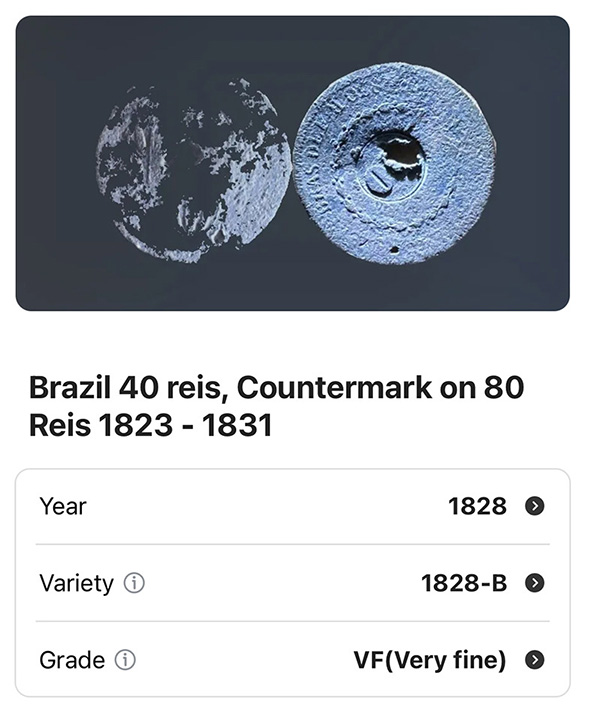
To use this, I placed the coin on the desk with a bright torch light at a low angle to highlight the shadows on what little text there was; I then held my iPhone over the coin and photographed it both sides and the app identified it as a Brazilian 40 Reis, countermarked on 80 Reis 1823 to 1831. The text on the coin was Portuguese.
Brazil was “discovered” by a Portuguese expedition that was led by Pedro Álvares Cabral on April 22, 1500. It remained a Portuguese colony until September 7, 1822, when it declared its independence.
The official language of Brazil was Portuguese during the colonial period, and it was used on coins, government documents and other official materials. After Brazil gained independence in 1822, the Portuguese language continued to be used on coins and other official documents until the Brazilian government made changes to reflect its independence.
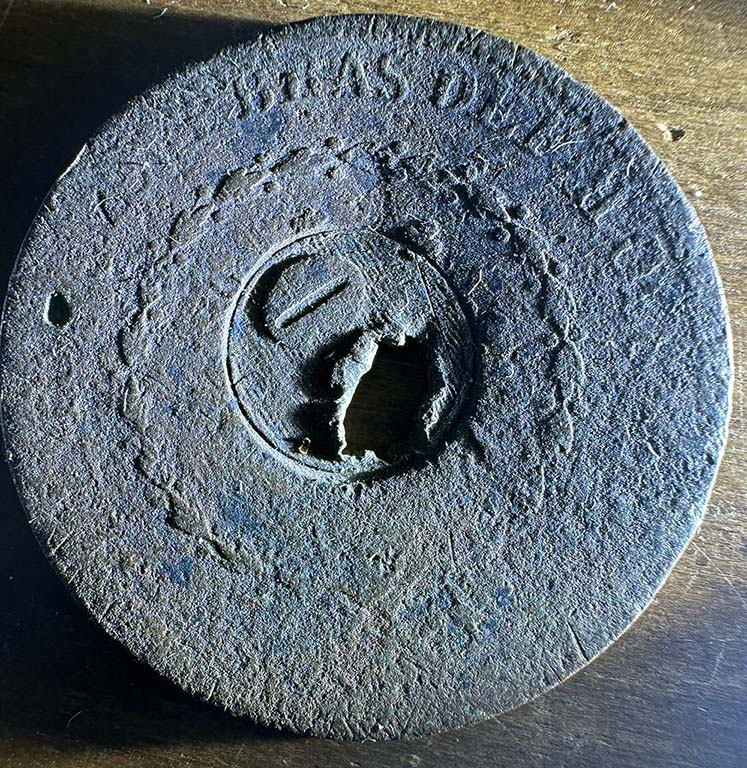
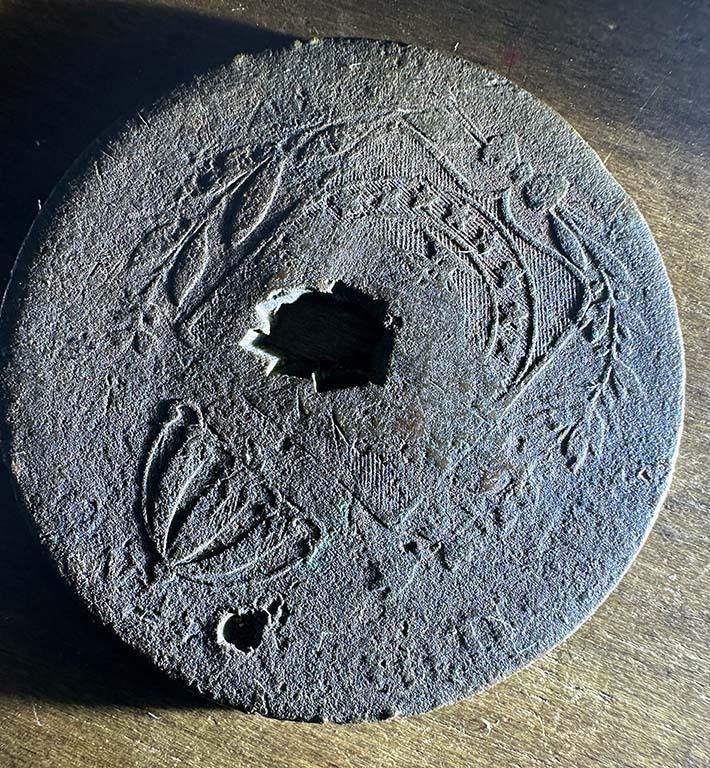
There was a lot of deflation right after independence, in part because of rampant falsification and extreme lack of gold/silver from the Portuguese emptying the country’s coffers as they returned home.
The Brazilian Government passed a law in 1835, that caused the copper coins to be counter stamped. (ie. 80 Reis to be officially counter stamped to the value of 40 Reis etc.). These are simple round counter stamps containing the numeric value.
Perry Johnson came to the Island in 1855, on the whaler Will o Wisp; he left the ship and lived at North Bay with Captain Stevens for a year. Then he went to Sydney where he met Sarah, a South African nurse and governess.
On their return to the Island, they settled at the foot of Mount Lidgbird and farmed land adjacent to Soldiers Creek until Perry’s death in 1915 and Sarah’s in 1918.
So, it is interesting to speculate as to how this coin travelled all the way to Lord Howe Island. Given the whaling ships were travelling around the world, particularly during the first six decades of the 19th century, it is not perhaps not so surprising that a coin such as this turned up on the Island.
Esven has donated the coin to the Island Museum.
